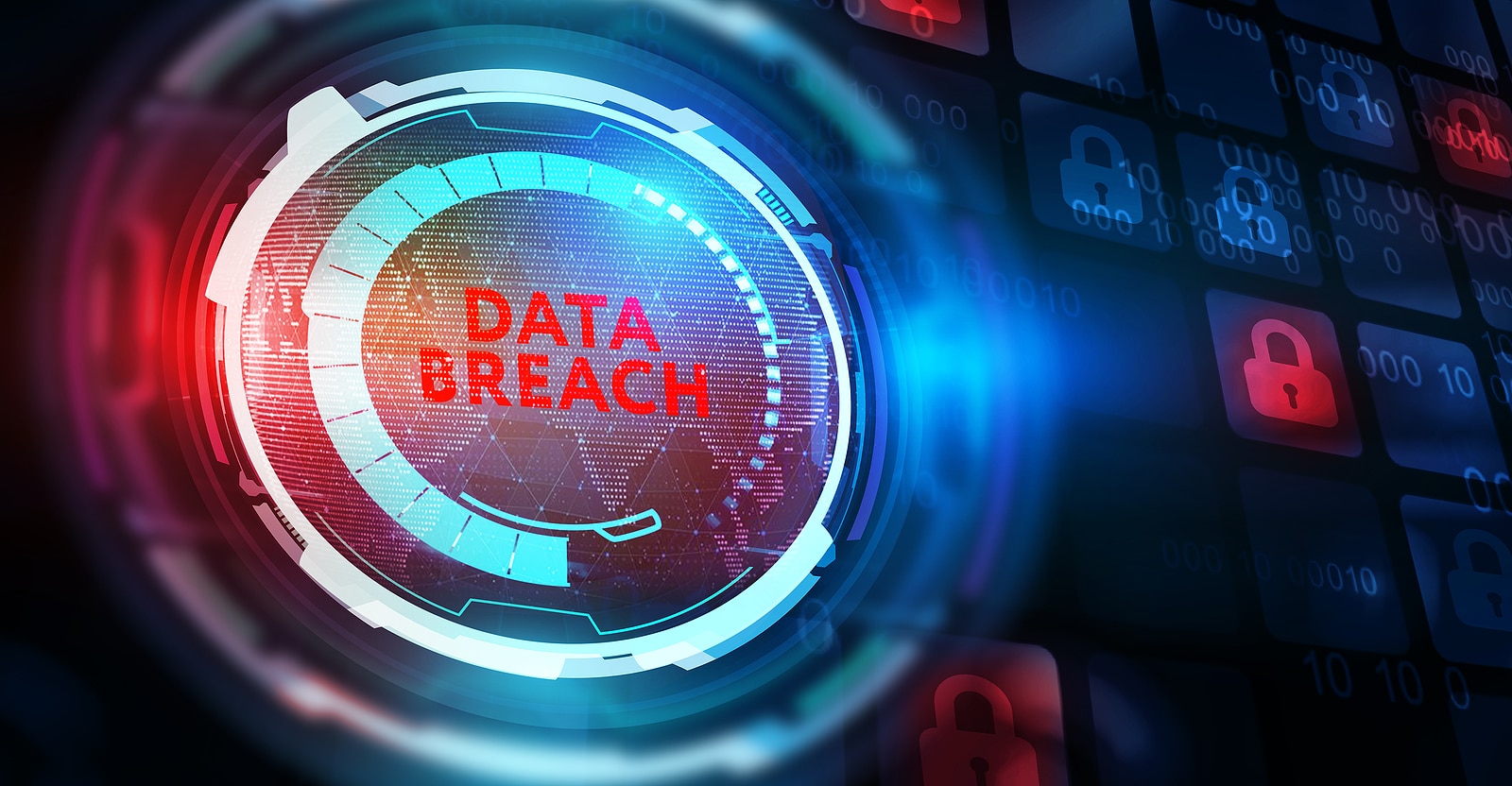Why Data Destruction is an Essential Component of Comprehensive Cyber Security
Why Data Destruction is an Essential Component of Comprehensive Cyber Security
Blog Article
The Value of Effective Information Devastation Practices in Shielding Sensitive Information and Ensuring Computer Safety
In a period where data violations are progressively typical, the significance of effective information destruction practices can not be overstated. Organizations face significant risks when delicate information is inadequately gotten rid of, potentially leading to unapproved access and serious monetary effects. Carrying out robust information destruction methods not just mitigates these risks but additionally aligns with lawful compliance needs, making certain that companies copyright their online reputation and foster customer count on. However, the concern remains: what particular techniques can be utilized to enhance these practices, and how can organizations effectively integrate them into their general cybersecurity framework?
Understanding Information Damage
Recognizing data damage is crucial in today's digital landscape, where sensitive details can easily be jeopardized. Reliable information destruction involves not merely guaranteeing yet deleting files that information is irretrievable with extensive approaches. This procedure is vital for companies that take care of private customer information, copyright, or internal documents, as any kind of breach can lead to extreme economic and reputational effects.
Data damage incorporates various techniques, consisting of shredding physical media, degaussing magnetic storage space tools, and employing software-based solutions that overwrite information several times. Each technique offers a specific purpose and needs to line up with the level of sensitivity of the details being disposed of. Physical damage is usually chosen for difficult drives including extremely personal information, while software application methods could be enough for less sensitive information.
Moreover, adhering to market criteria and laws, such as the General Data Defense Law (GDPR) or the Wellness Insurance Coverage Mobility and Responsibility Act (HIPAA), is necessary for conformity and to minimize legal dangers. Organizations must develop a robust information devastation plan, train staff members on best practices, and on a regular basis examine their treatments to make sure that all delicate info is taken care of securely and properly.
Threats of Inadequate Practices
Inadequate data damage methods reveal organizations to significant risks that can have far-reaching repercussions. When delicate info is not correctly dealt with, it continues to be at risk to unauthorized access, which can result in data violations and identification burglary. Such incidents not only endanger the safety and security of people however also taint the organization's reputation, causing a loss of client depend on and possible economic repercussions.
Furthermore, regulatory conformity is increasingly rigorous in lots of industries. Failure to abide by data devastation guidelines can result in large penalties and lawsuits versus organizations. These fines can stress funds and draw away focus from core service operations.
Additionally, the misuse of residual data can bring about intellectual property burglary or company reconnaissance, jeopardizing affordable benefits (data destruction). The influence of inadequate information devastation expands beyond instant monetary losses; it can also lead to lasting damage to brand honesty and market setting

Organizations need to acknowledge that data safety is not solely about avoiding violations; it also includes the accountable monitoring of information throughout its lifecycle. Ignoring reliable data damage protocols can have disastrous effects, emphasizing the necessity for robust actions to minimize these dangers.
Finest Practices for Information Devastation
Implementing effective data destruction methods is essential for securing sensitive information and maintaining compliance with regulatory requirements. Organizations must embrace a multi-faceted approach to ensure that data is irretrievable, therefore avoiding unapproved accessibility and prospective violations.
First, data ought to be classified based on sensitivity, enabling companies to use ideal destruction approaches tailored to the degree of risk. For electronic information, using software-based data-wiping tools that follow sector requirements can effectively overwrite existing data. Physical devastation methods, such as shredding or degaussing, are important for devices that store sensitive details, guaranteeing full removal.
Developing a clear information retention policy is important, describing how long various types of information should be maintained prior to destruction. Routine audits of data storage space systems are likewise necessary to recognize unneeded or obsolete data requiring elimination.
Moreover, training workers on the relevance of data damage and the certain protocols to comply with fosters a culture of security within the company. Lastly, maintaining paperwork of information devastation refines offers accountability and supports compliance with external policies and internal plans. By adhering to these best practices, companies can considerably mitigate the dangers associated with information direct exposure.
Legal and Conformity Considerations

Failure to follow these guidelines can lead to serious penalties, consisting of significant fines and reputational damage. Organizations needs to apply a robust data devastation plan that aligns with these lawful structures and gives clear guidelines on the appropriate methods of data disposal, whether physical shredding or electronic wiping.
Moreover, keeping documents of information damage activities is important for showing compliance during audits or inspections. By prioritizing lawful and conformity considerations, companies can improve their data security pose and foster depend on with stakeholders and clients, eventually adding to a more safe and secure see this website data management atmosphere.
Benefits of Effective Information Damage
Effective data damage practices expand beyond plain conformity; they supply significant advantages to organizations that prioritize them. By ensuring that delicate information is irretrievably damaged, organizations alleviate the danger of information violations and the prospective monetary repercussions linked with them. This positive method not only safeguards against unapproved gain access to however likewise improves the general credibility of the company in the eyes of customers and stakeholders.
Carrying out robust information damage techniques, such as physical destruction of storage space tools navigate to this website or advanced data wiping methods, adds to the strengthening of an organization's cybersecurity stance. data destruction. It reduces the likelihood of copyright theft and protects exclusive information, thereby keeping an one-upmanship on the market

Final Thought
In conclusion, effective information damage practices are crucial for securing sensitive info and improving overall computer protection. Eventually, a commitment to robust information destruction methods cultivates a culture of responsibility, thereby strengthening a company's cybersecurity posture and preserving customer trust fund.

Report this page